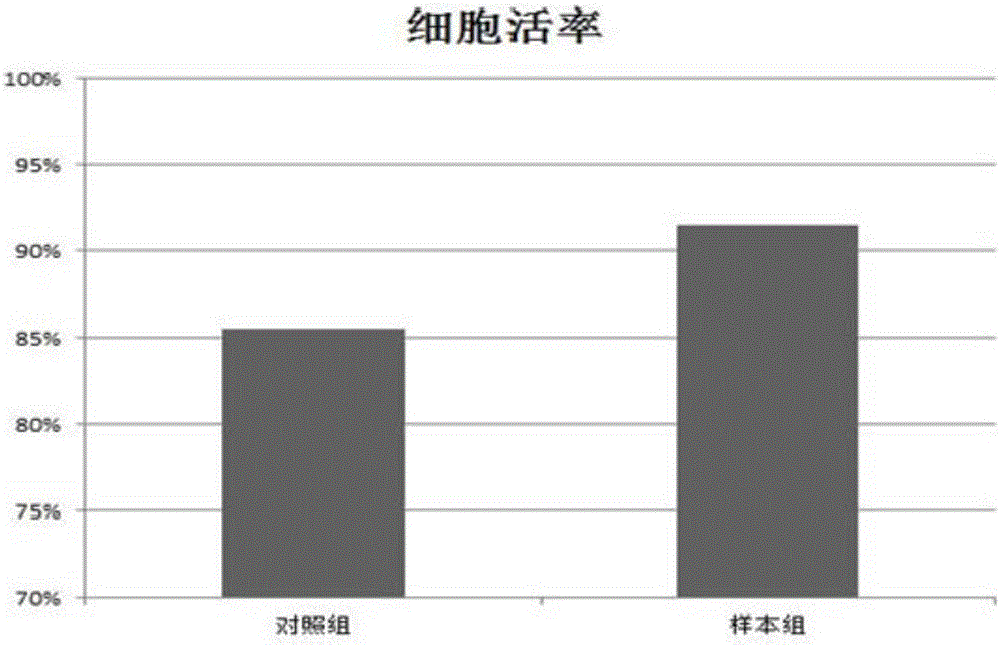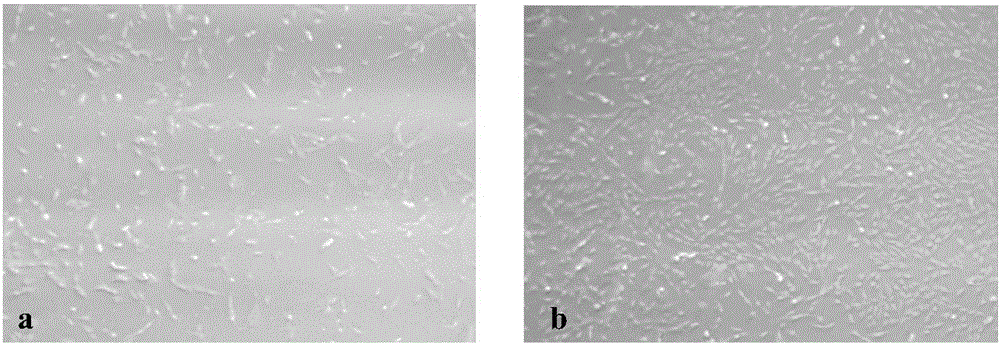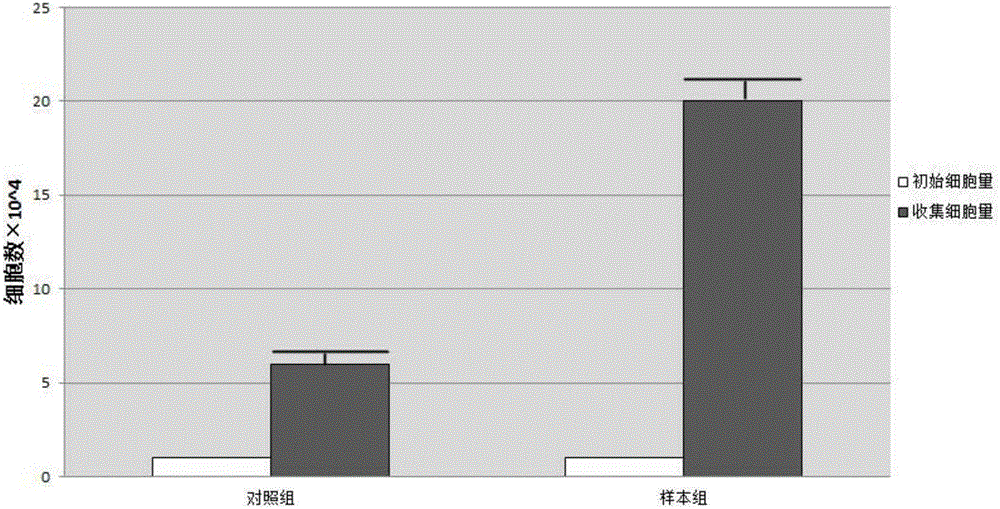Culture method of deciduous tooth pulp stem cells
A dental pulp stem cell and culture method technology, applied in the direction of non-embryonic pluripotent stem cells, animal cells, vertebrate cells, etc., can solve the problems of excessive tissue digestion, poor stability between batches, and unfavorable cells
- Summary
- Abstract
- Description
- Claims
- Application Information
AI Technical Summary
Problems solved by technology
Method used
Image
Examples
Embodiment 1
[0037] Embodiment 1, the cultivation of human deciduous tooth pulp stem cells
[0038] (1) With the consent of the family members, clinically collected deciduous incisors extracted from children due to detention, and no dental pulp disease and necrosis were required. Immediately after pulling out, put it in a PBS centrifuge tube containing double antibody when it is cold at 4°C, and take it out for use within 24 hours.
[0039] (2) Take out the tooth, rinse it three times repeatedly with PBS solution containing double antibody, wrap the tooth in sterile gauze and crack the tooth with forceps to expose the pulp tissue; use sterile forceps to grasp the pulp tissue, and remove the root tip 1mm of pulp tissue. According to the size of the pulp tissue, cut the pulp tissue into 1mm with ophthalmic curved scissors 3 , placed in a 50mL centrifuge tube.
[0040] (3) Add 10 times the volume of 5g / LI type collagenase, mix well after sealing, transfer to a constant temperature air shak...
Embodiment 2
[0046] Embodiment 2, cell viability detection
[0047] The cells cultivated by the method disclosed in the application number 201210514497.X were used as a comparative example (control group), and the cells were separated according to the method in Example 1 (sample group), and the separated cells were collected and cell viability was calculated in an automatic cell counter. result like figure 1 .
[0048] Depend on figure 1 The results show that the vitality of the dental pulp stem cells obtained by the culture method of the deciduous tooth pulp stem cells of the present invention can reach more than 90%.
Embodiment 3
[0049] Embodiment 3, cell morphology observation
[0050] With the application number being the cell that the disclosed method of 201210514497.X is cultivated as a comparative example (control group), observe the cell morphology of the cell that the method (sample group) of embodiment 1 is cultivated for 7 days, the results are shown in figure 2 .
[0051] The results show that the cells cultured by the method for culturing deciduous dental pulp stem cells of the present invention can reach more than 80% cell confluence after 7 days of primary culture, while the cell confluence in the comparative example is about 50%, which is obviously lower than that of the present invention. training method.
PUM
 Login to View More
Login to View More Abstract
Description
Claims
Application Information
 Login to View More
Login to View More - R&D
- Intellectual Property
- Life Sciences
- Materials
- Tech Scout
- Unparalleled Data Quality
- Higher Quality Content
- 60% Fewer Hallucinations
Browse by: Latest US Patents, China's latest patents, Technical Efficacy Thesaurus, Application Domain, Technology Topic, Popular Technical Reports.
© 2025 PatSnap. All rights reserved.Legal|Privacy policy|Modern Slavery Act Transparency Statement|Sitemap|About US| Contact US: help@patsnap.com



